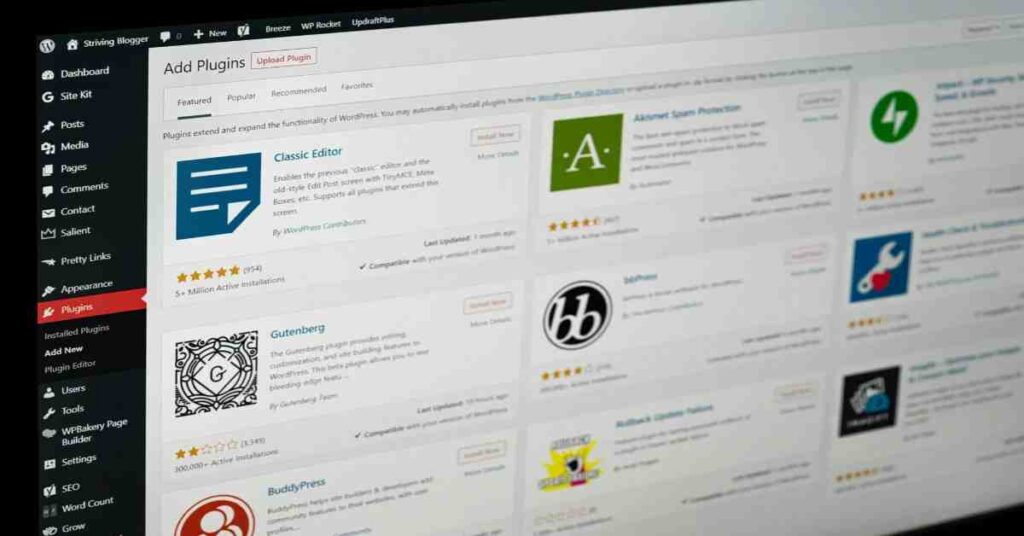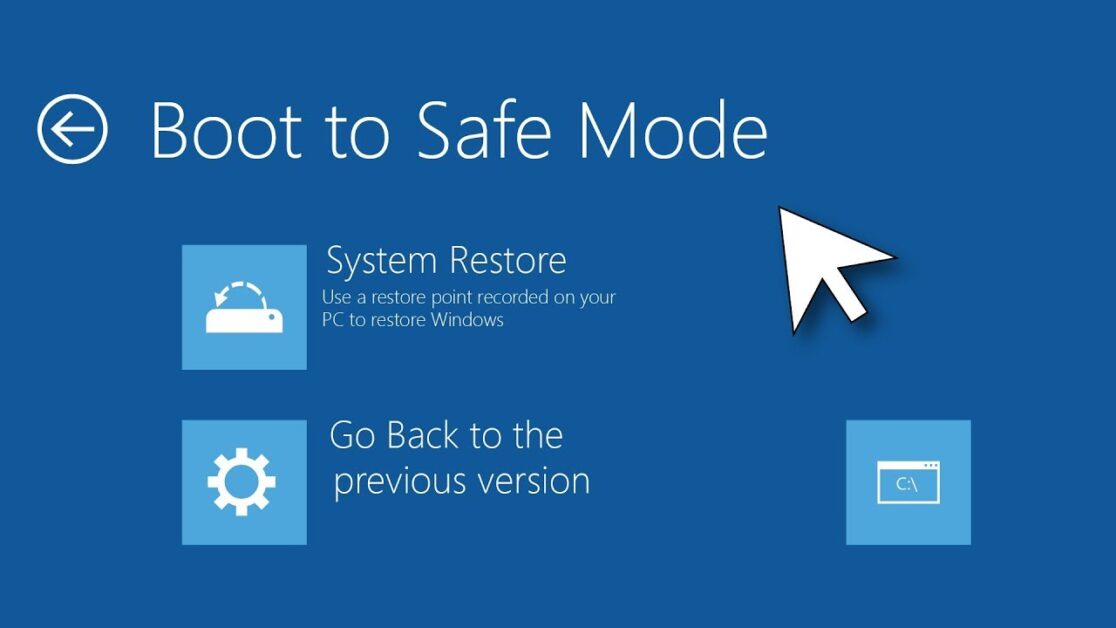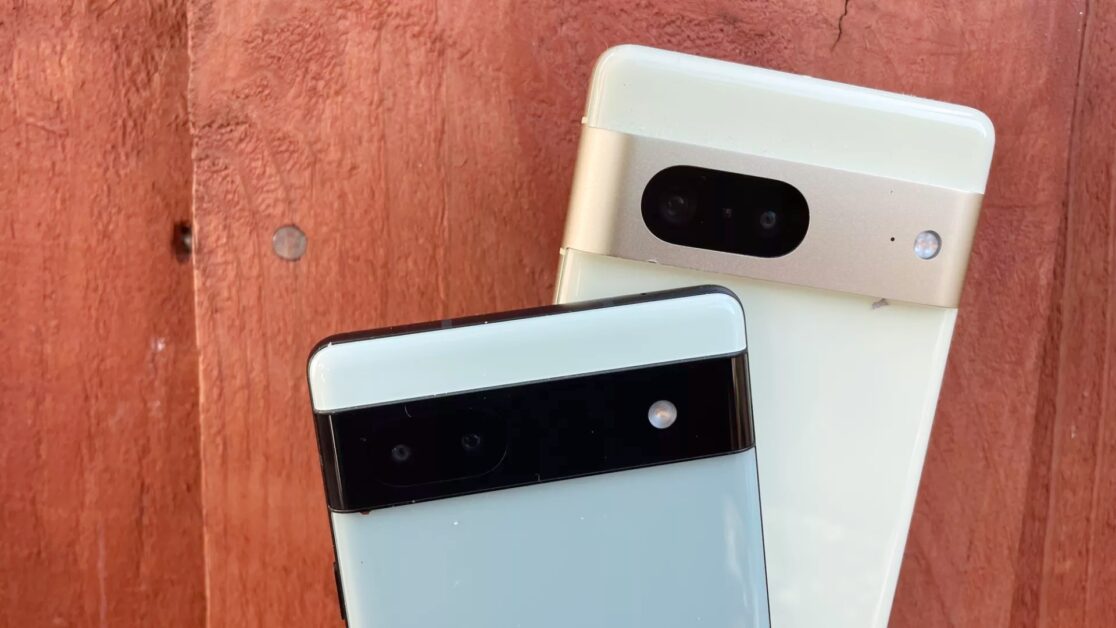Wire transfers have become a cornerstone of modern financial transactions, especially in today’s digital economy. Whether you’re sending money to a family member, paying a vendor, or moving funds between accounts, learning how to do a wire transfer online is an essential skill. With the convenience of online banking and financial apps, wire transfers can be completed in minutes without visiting a bank branch.
In this in-depth, step-by-step guide, we’ll walk you through everything you need to know about making online wire transfers—from choosing the right method to completing a transaction securely and efficiently.
What Is a Wire Transfer?
A wire transfer is an electronic method of sending funds from one person or entity to another. It’s typically processed through banks or financial service providers such as Western Union, Wise (formerly TransferWise), or PayPal.
There are two main types of wire transfers:
- Domestic wire transfers – transfers within the same country.
- International wire transfers – transfers that cross borders and currencies.
Wire transfers are generally considered secure and reliable, though they often incur a fee and are not reversible once completed.
Why You Might Need a Wire Transfer
Wire transfers are commonly used for:
- Paying large sums (e.g., real estate, tuition)
- Sending emergency funds
- Paying international vendors or freelancers
- Moving money between personal accounts at different banks
- Business transactions requiring fast delivery
They are favored for their speed, security, and global reach, especially compared to physical checks or slower ACH transfers.
How Wire Transfers Work
When you initiate a wire transfer online:
- Your financial institution sends a message via a secure network (like SWIFT or Fedwire).
- The message instructs the recipient’s bank to credit their account.
- The transaction is finalized once the recipient’s bank processes the instruction.
Depending on whether it’s a domestic or international transfer, the process may involve intermediary banks or currency conversion.
What You Need Before You Start
Before you initiate a wire transfer online, gather the following information:
Sender’s Details
- Your full name
- Your account number
- Your bank’s routing number (for domestic)
- Access to your online banking or wire transfer service
Recipient’s Details
- Full name and address
- Bank name and address
- Bank account number or IBAN
- Routing number (domestic) or SWIFT/BIC code (international)
- Reason for the transfer (optional but sometimes required)
Step-by-Step Guide to Making a Wire Transfer Online
Let’s break down the process into a simple, step-by-step guide.
Step 1: Log Into Your Online Banking or Wire Transfer Service
Go to your bank’s official website or open the mobile app. Ensure you have secure internet access and never use public Wi-Fi for financial transactions.
Step 2: Navigate to the “Wire Transfer” or “Transfer Funds” Section
Most banks have a designated section labeled “Wire Transfers,” “Send Money,” or “External Transfers.”
Examples:
- Chase: Pay & Transfer → Wire Money
- Bank of America: Transfer → To Someone Else
- Wells Fargo: Transfer & Pay → Wire Transfers
Step 3: Add a New Recipient
You’ll be prompted to enter the recipient’s details:
- Name
- Bank name and address
- Account number or IBAN
- SWIFT/BIC code (for international)
- Routing number (for domestic)
Some banks may ask for the reason for the transfer and require additional verification (like a one-time password or security question).
Step 4: Enter the Transfer Amount and Currency
- Specify the amount you wish to send.
- Choose the correct currency (especially important for international wires).
- Double-check exchange rates if applicable.
Step 5: Review Transfer Details
Before hitting send, carefully review:
- Recipient’s details
- Transfer amount
- Currency
- Fees and estimated delivery time
Mistakes can be hard or impossible to reverse.
Step 6: Confirm and Authorize the Transfer
Most banks will ask for multi-factor authentication (MFA) to confirm the transfer. This may include:
- A one-time password (OTP) sent to your phone
- Email confirmation
- Biometric authentication
Step 7: Save the Confirmation
After submission, you’ll receive a transaction ID or confirmation number. Save or screenshot this for your records in case you need to track the transfer.
How to Send an International Wire Transfer Online
Sending money abroad adds a few extra layers to the process. Here’s what to keep in mind:
Additional Details Needed:
- IBAN (International Bank Account Number): Used in Europe and other regions.
- SWIFT/BIC Code: Identifies the recipient’s bank in international transactions.
- Currency selection: You may need to convert your funds to the recipient’s local currency.
Use Cases:
- Paying international contractors
- Sending money to family overseas
- Tuition payments to foreign universities
Recommended Services:
- Wise (low-cost, real-time exchange rates)
- Revolut
- OFX
- Western Union
- PayPal/Xoom
These platforms are often cheaper and faster than traditional banks for cross-border transactions.
Wire Transfer Fees: What to Expect
Domestic Wire Transfer Fees (U.S. Example):
- Sending: $15–$30
- Receiving: $0–$20 (depending on bank)
International Wire Transfer Fees:
- Sending: $35–$65 (bank)
- Receiving: $10–$25
- Currency conversion fee: ~1–3% markup
Pro Tip: Compare fees across providers. Wise and Revolut often offer better rates than banks.
How Long Does a Wire Transfer Take?
| Type | Timeframe |
|---|---|
| Domestic Transfer | Same day (1–2 hours) or next business day |
| International | 1–5 business days depending on currency, banks, and countries involved |
Factors Affecting Speed:
- Cutoff times (typically 2–5 PM local time)
- Weekends and public holidays
- Time zones and intermediary banks
- Currency conversion
Wire Transfer Safety Tips
Because wire transfers are irreversible once processed, it’s critical to follow these safety practices:
✅ Verify the Recipient
Double-check the recipient’s information—especially account number and bank details. Even a single digit off can send the funds to the wrong account.
✅ Avoid Public Wi-Fi
Only initiate wire transfers from secure internet connections to prevent interception or fraud.
✅ Enable Two-Factor Authentication
Always secure your online banking with MFA. This protects your account from unauthorized access.
✅ Watch for Phishing
Never click on wire transfer instructions from unsolicited emails. Always verify requests independently—especially in business transactions (aka BEC scams).
✅ Keep Transaction Records
Maintain confirmation receipts and screenshots for tracking or dispute resolution.
Alternatives to Wire Transfers
If wire transfers don’t meet your needs (due to cost or speed), consider these options:
1. ACH Transfers
- Lower fees (often free)
- Slower (1–3 business days)
- Ideal for regular payments
2. Zelle / Venmo / Cash App
- Instant transfers (within the U.S.)
- Free
- Not suitable for large sums
3. PayPal / Xoom
- Domestic and international
- Fees vary based on funding source
4. Wise (TransferWise)
- Best for international transfers
- Transparent exchange rates
- Low fees
Final Thoughts
Wire transfers remain a vital tool for sending large sums securely and quickly, both domestically and internationally. Thanks to the growth of online banking and digital financial services, learning how to do a wire transfer online has never been easier.
By following this guide, you’ll ensure your transactions are safe, efficient, and cost-effective. Always double-check your recipient details, compare providers for fees and exchange rates, and use two-factor authentication to protect your money.
Looking for more guides on digital finance, banking, and tech tips? Bookmark www.techy247.com for expert insights, step-by-step tutorials, and the latest updates in the world of online technology.
- Facebook Quietly Expands Downvote Button Test for Comments - June 24, 2025
- Instagram GIFs Return, But Only the Boring Ones - June 24, 2025
- Waze: What It Is, How It Works, and Why Drivers Love It? - June 24, 2025
Discover more from Techy247
Subscribe to get the latest posts sent to your email.








